New Paper Shows Invasive Species Removal is a Nature-Based Solution for Climate Resilience
Island Conservation and partners have published a new paper quantifying ecosystem resilience on restored islands!
Restoring islands for nature and people worldwide.
Published on
March 13, 2018
Written by
Emily Heber
Photo credit
Emily Heber
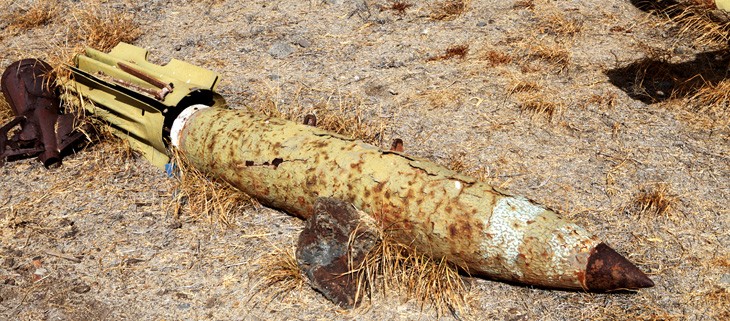
After the attack on Pearl Harbor in 1941 Kaho’olawe was transformed into a bombing range that prepared troops for World War II, the Korean and Vietnam Wars, and Desert Storm. The island was scattered with bomb fragments and the soil left barren.
Activists worked for decades to have the island returned to the Hawi’ian State government. Occupying the island and writing to government officials trying to make a change and stop the bombing. In 1994 the sacred island was returned to the state and placed under control of Kaho‘olawe Island Reserve Commission (KIRC). Now Island Conservation and our partners are working to restore the island and revive the native species that once thrived there.
In case you missed the first part of the series.
Watch the video from Hawaii News Now to learn more.
Featured Photo: Remnants of military bombing practice on Kaho’olawe. Credit: Oliver Langrand
Check out other journal entries we think you might be interested in.
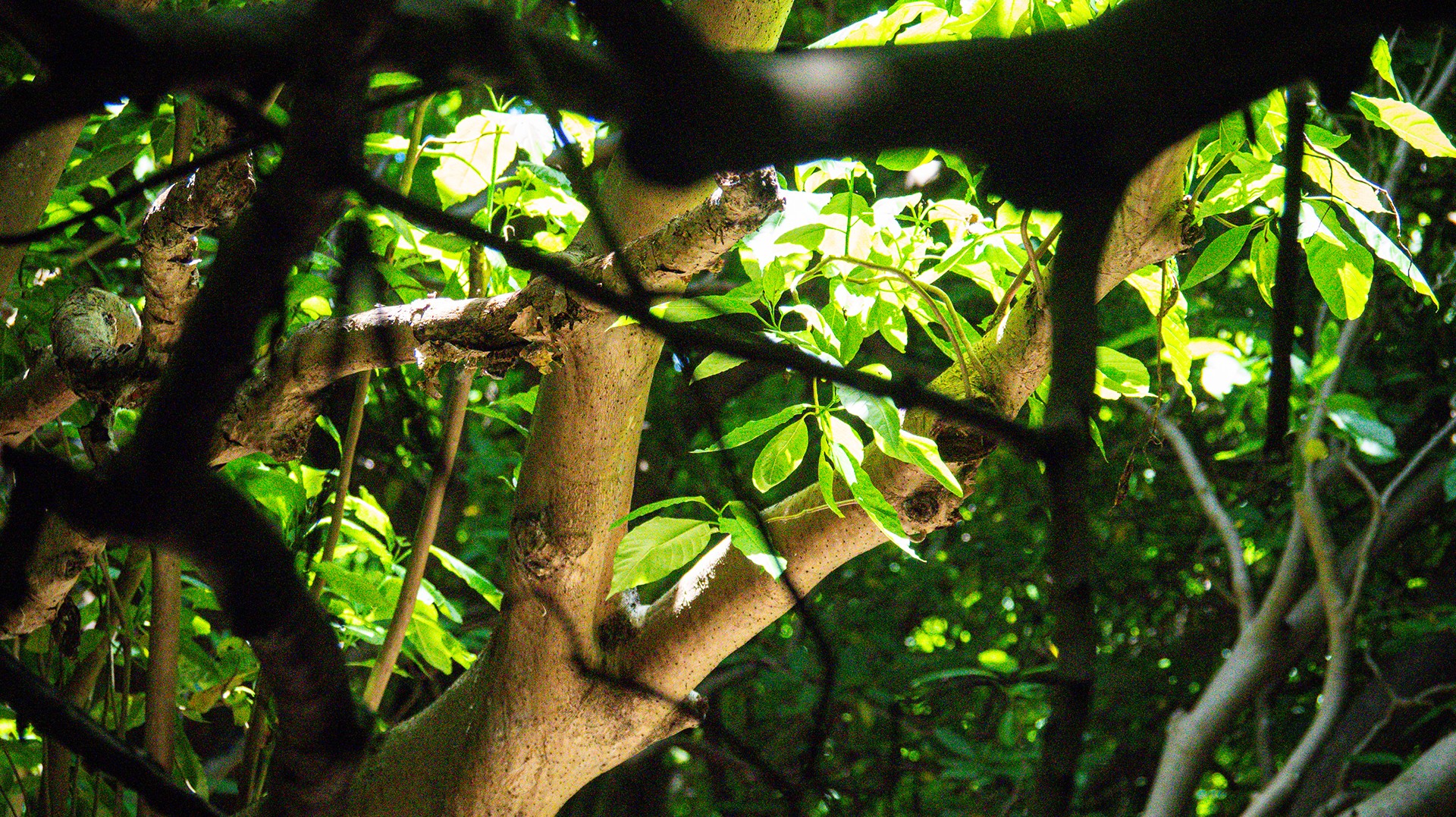
Island Conservation and partners have published a new paper quantifying ecosystem resilience on restored islands!
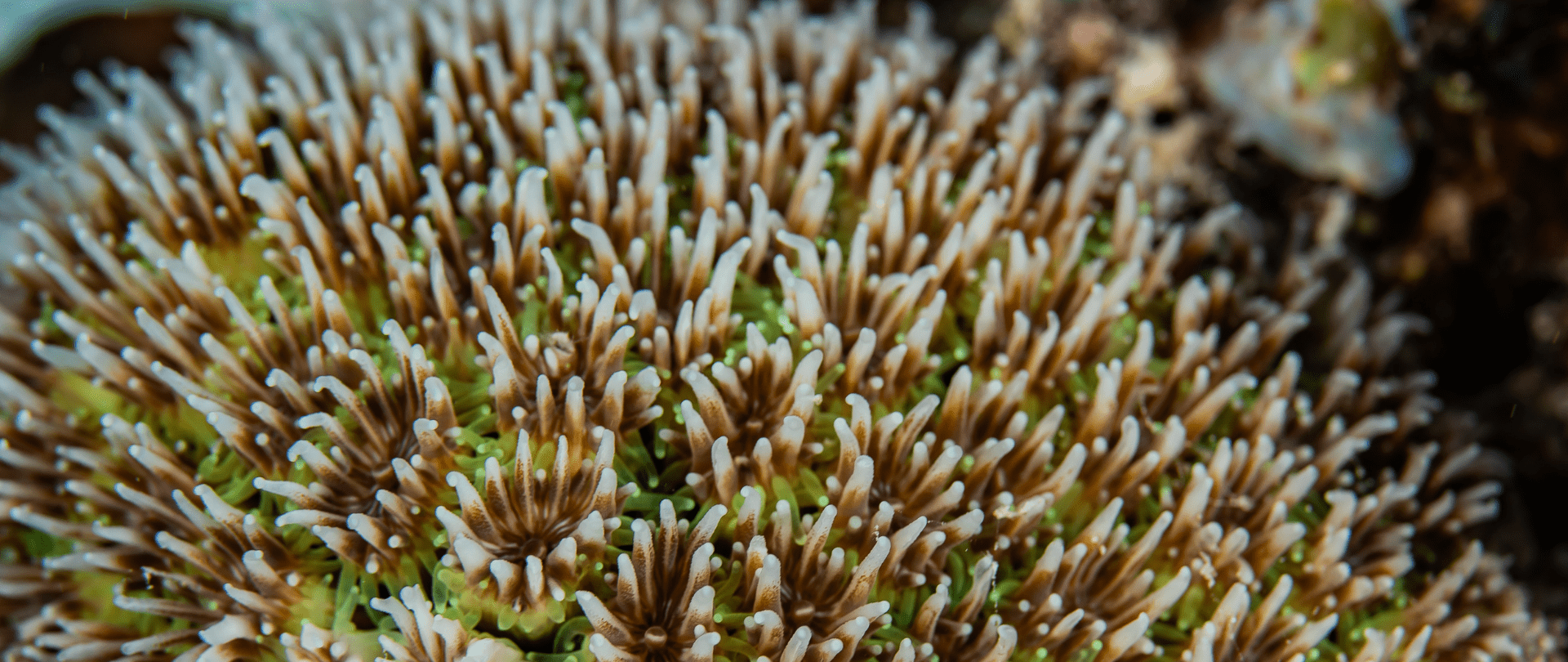
Climate Week NYC: what is it and why is it important? Read on to find out why Island Conservation is attending this amazing event!
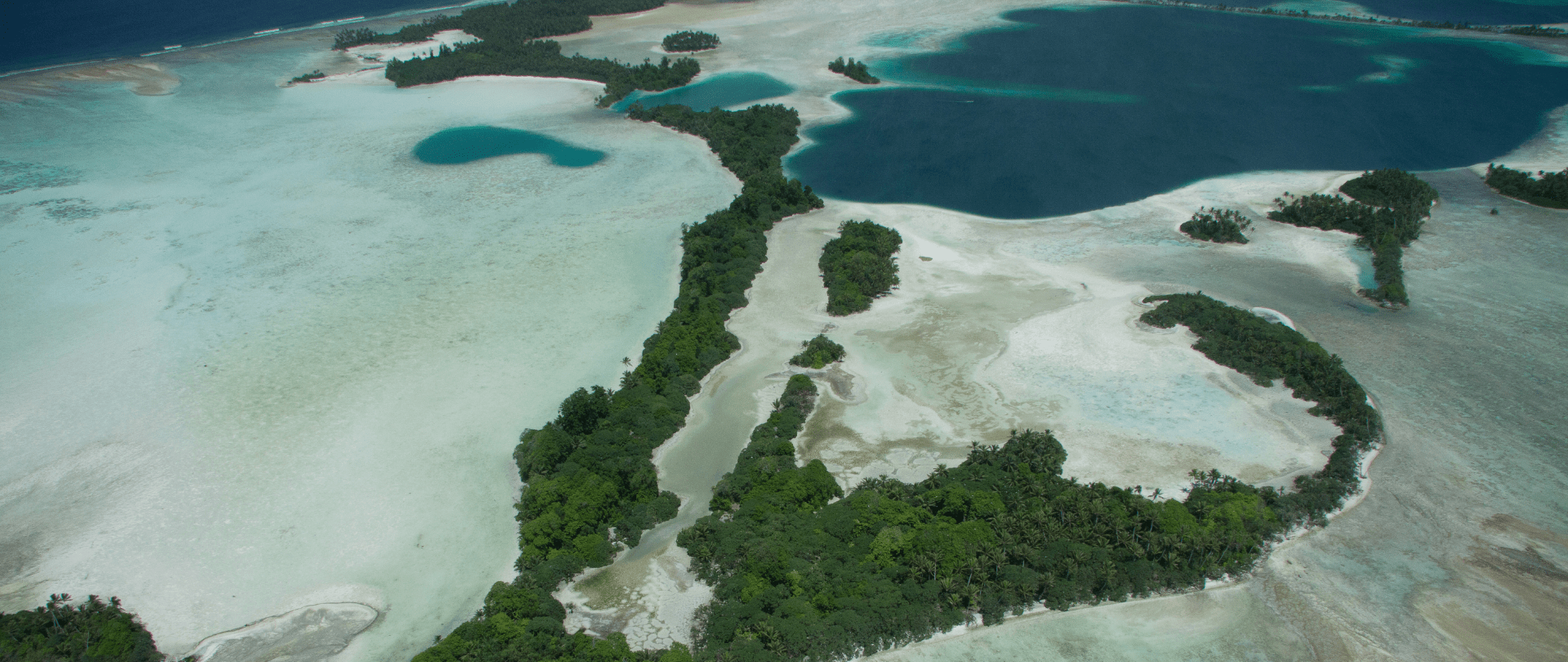
With sea levels on the rise, how are the coastlines of islands transforming? Read on to find out how dynamic islands really are!
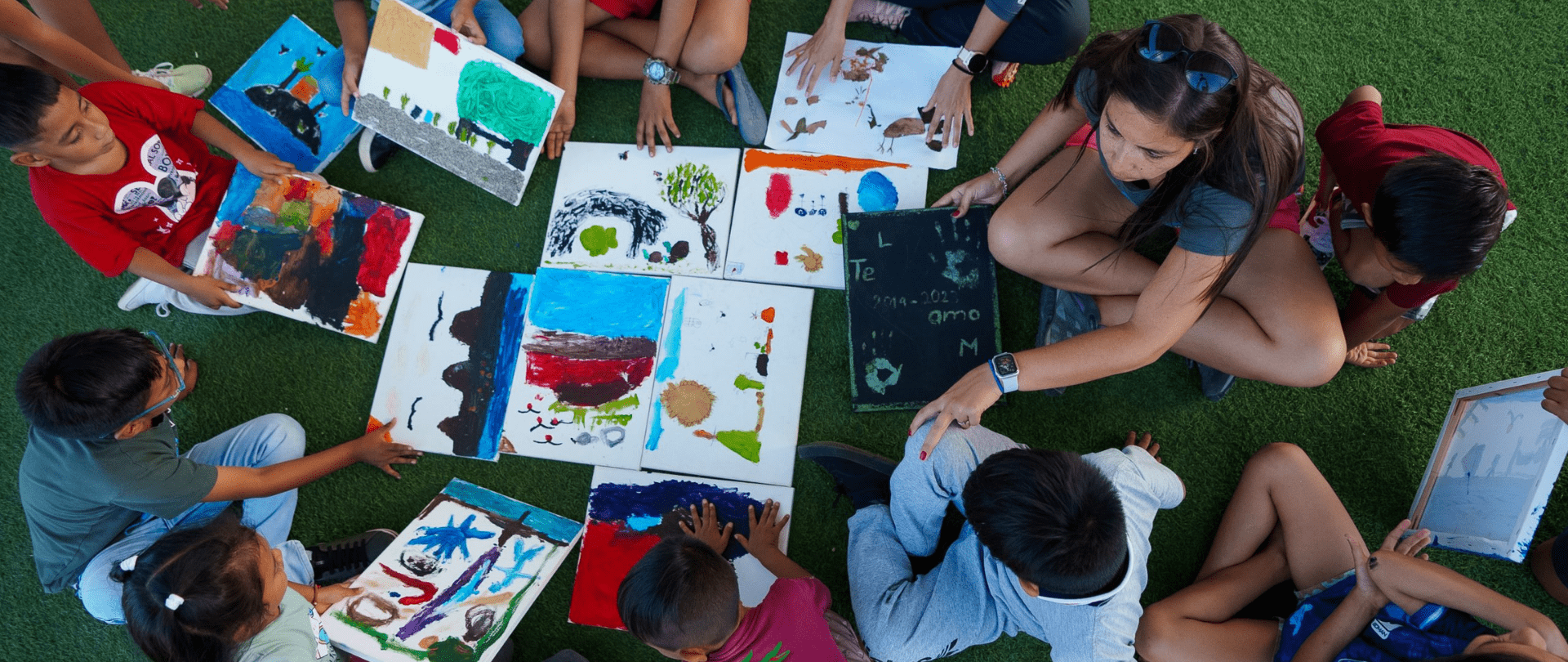
Join us in celebrating the most amazing sights from around the world by checking out these fantastic conservation photos!
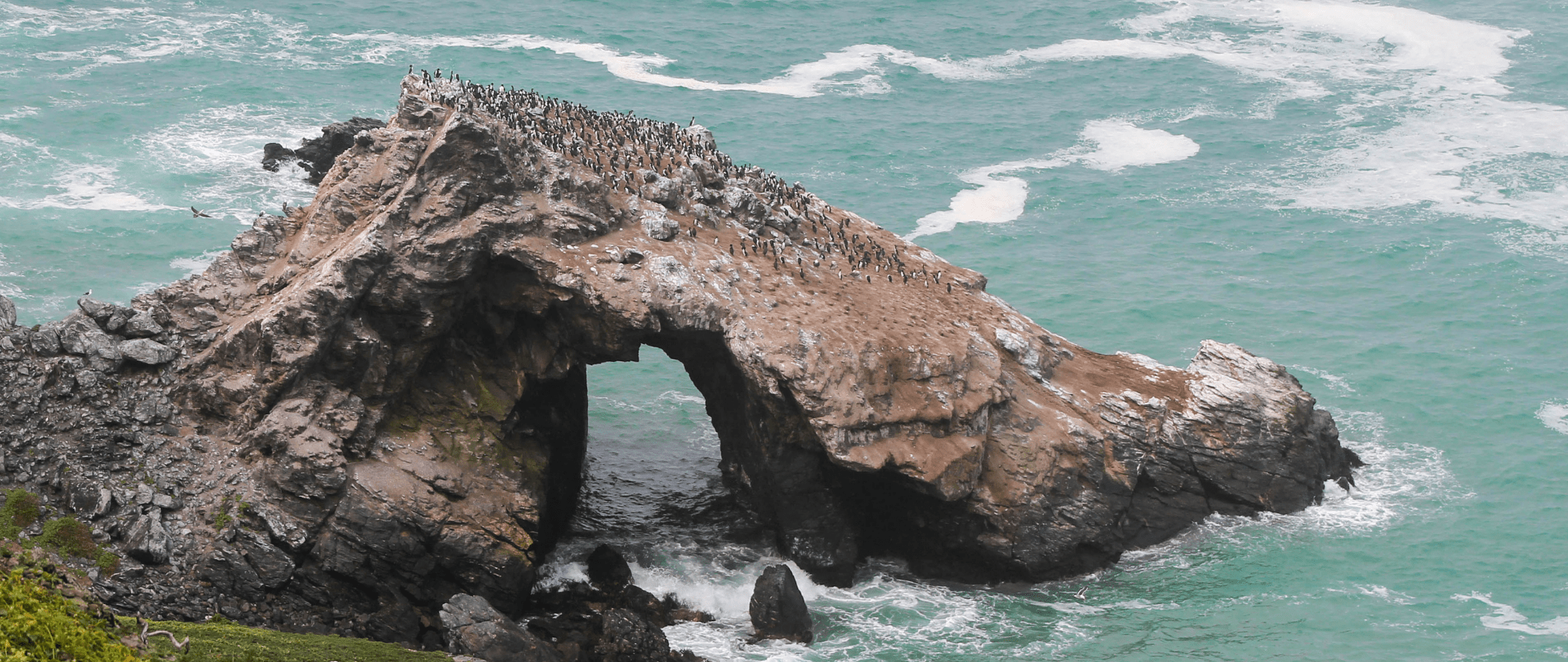
Rare will support the effort to restore island-ocean ecosystems by engaging the Coastal 500 network of local leaders in safeguarding biodiversity (Arlington, VA, USA) Today, international conservation organization Rare announced it has joined the Island-Ocean Connection Challenge (IOCC), a global effort to…
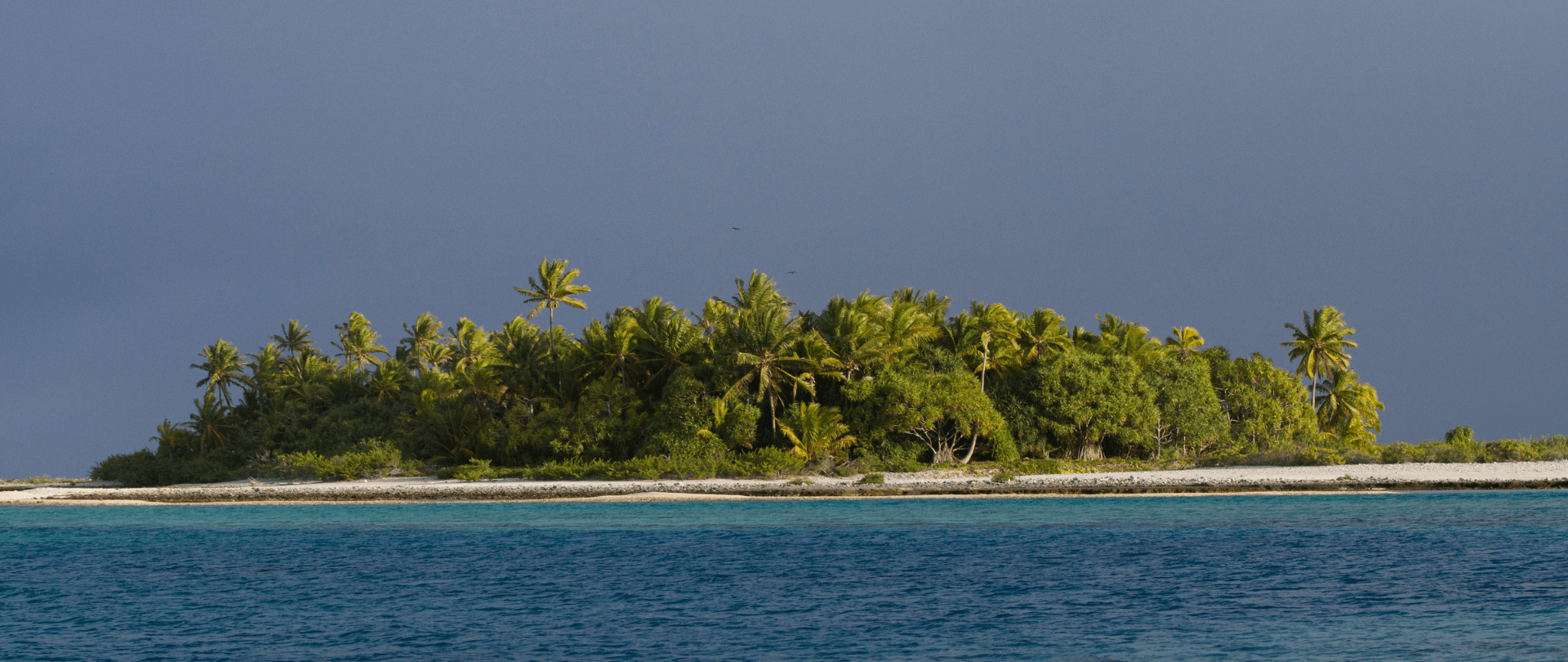
Island Conservation accepts cryptocurrency donations. Make an impact using your digital wallet today!
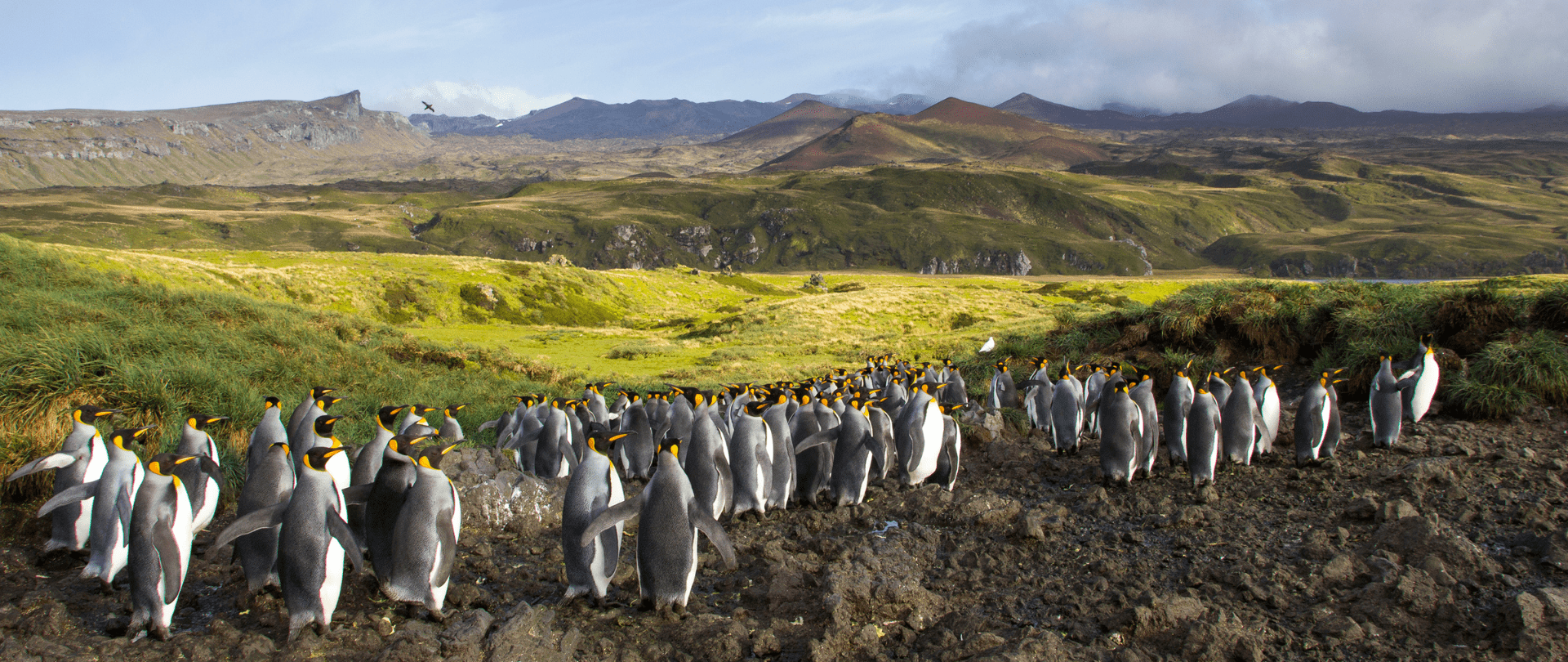
For Immediate Release Conservation powerhouse BirdLife South Africa has joined the Island-Ocean Connection Challenge (IOCC) – a global initiative aiming to restore, rewild and protect islands, oceans and communities – to support its work to save internationally significant albatross populations…
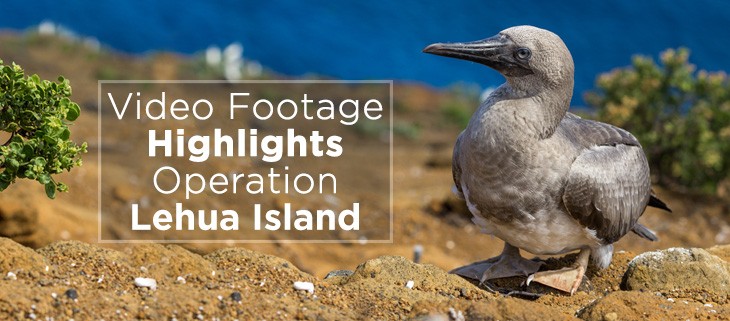
Video captures insights and hopes from the partners who are working to restore Lehua Island, Hawai’i. In 2021, Lehua Island officially became free from the threat of invasive rodents. This is a huge accomplishment that has enriched the region’s biodiversity…
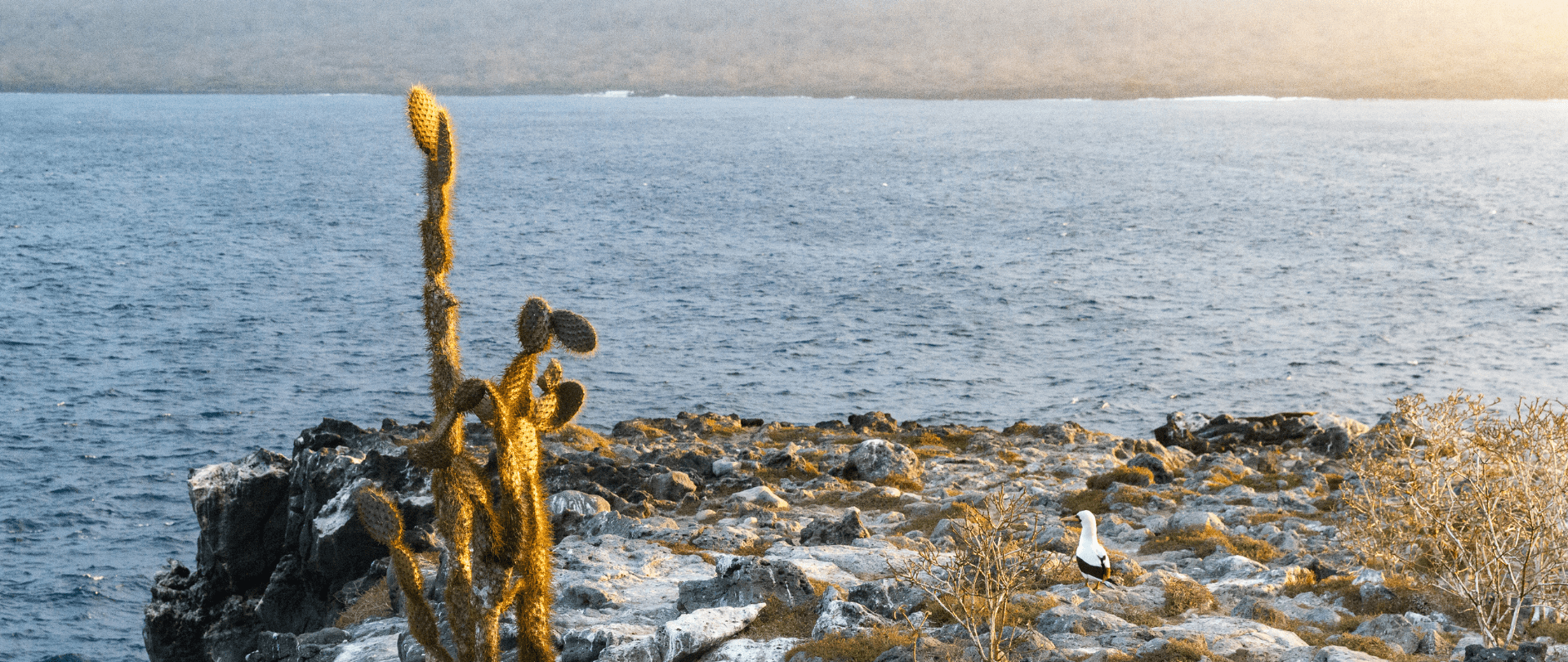
Carolina Torres describes how the project to restore and rewild Floreana Island signals hope for a future where people and nature can thrive together in the Galápagos.
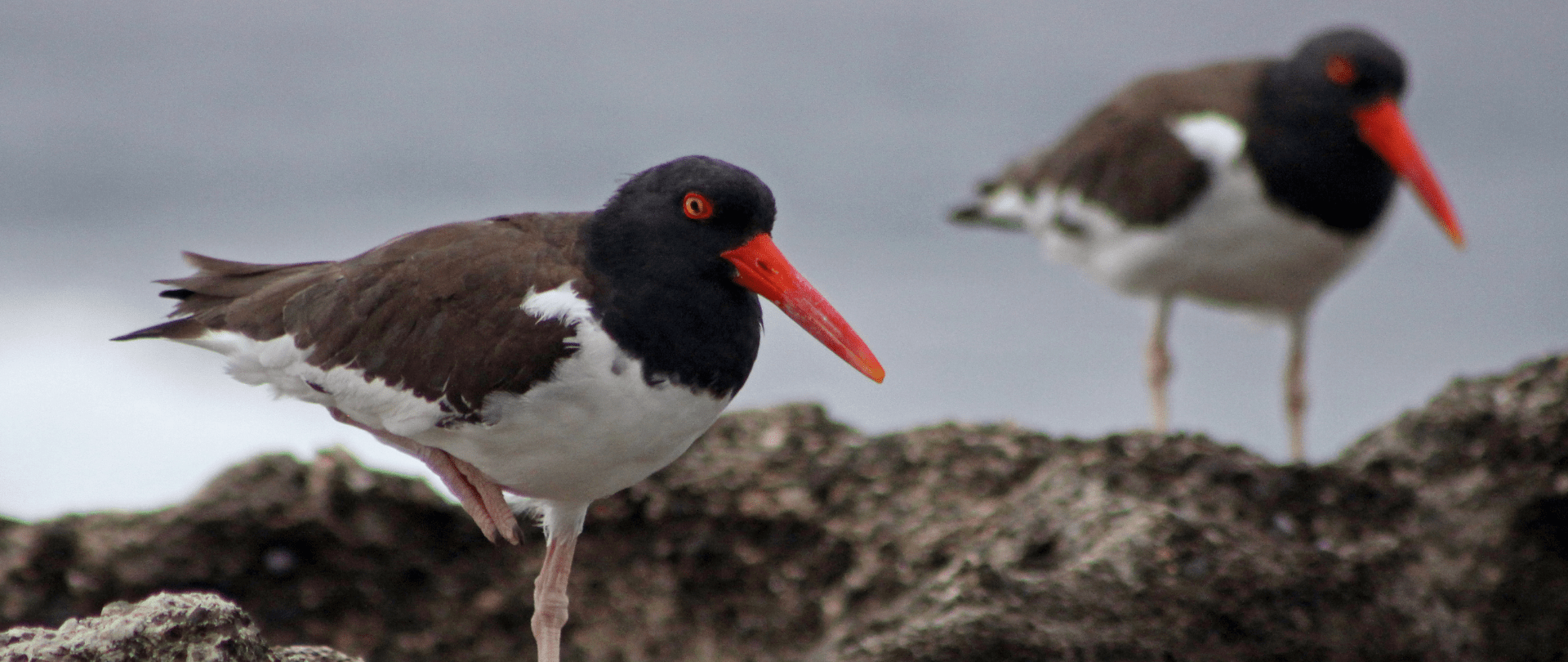
A new plan to restore seabird habitats in areas affected by the Deepwater Horizon disaster includes invasive species removal.